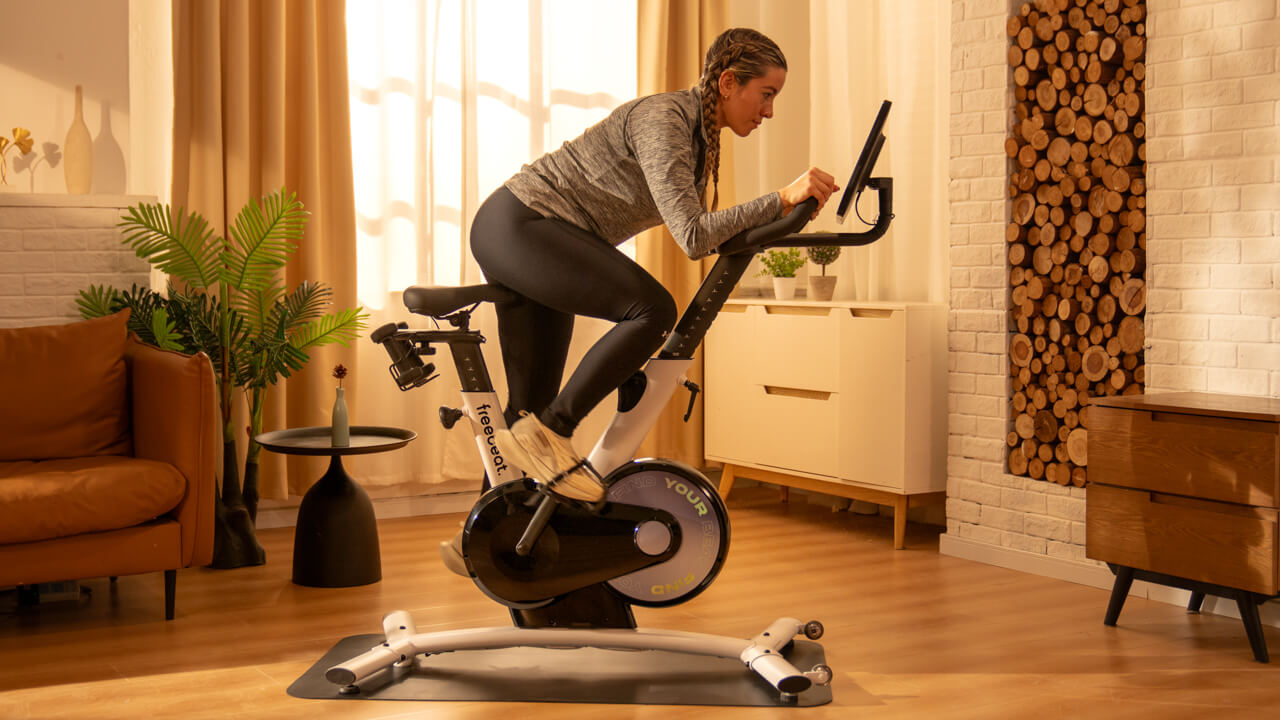The Worst Mistakes In Your Spinning Class and How to Avoid Them
Spin classes have taken the fitness world by storm, and for good reason. With its high-energy music, motivational instructors, and intense calorie burns, spinning is not just a workout; it's a lifestyle. But as any fitness enthusiast knows, with great exercise comes great responsibility – the responsibility to do it right.
For beginners, the spinning world can be daunting, with a whirlwind of new terminology and unspoken rules. In this comprehensive guide, we'll break down the common mistakes you can make in a spinning class and give you the strategies to avoid them, ensuring you get the most out of your ride.
Mistake 1: Staying in Your Comfort Zone
It’s human nature to stay in our comfort zones, but a spin class isn’t the place for that. A common mistake for spin class beginners is underestimating resistance. When you're told to 'add a few turns' to the bike, don't just nod along – act on it. Many newbies worry that they won't be able to keep up, but by staying in your comfort zone, you're not just cheating yourself out of a better spin bike workout, you're not creating the right conditions for your muscles to grow stronger.
How to Push Through:
-
Listen to the instructor's cues and follow them exactly.
-
If it gets too tough, remember it's okay to dial it back but keep pushing your limits each time.
Optimal Resistance Practices

Mistake 2: Incorrect Bike Setup
How to Avoid It
Take the time to adjust the bike's seat height, distance from the handlebars, and handlebar height to match your body's proportions. Here's a quick guide:
-
Seat Height: When seated on the bike, your leg at full extension should have a slight bend in the knee – not locked, not excessively bent.
-
Seat Fore-Aft: Learn to adjust the seat's horizontal positioning so your forward knee aligns with the ball of your foot when the pedals are at the 3 o'clock position.
-
Handlebar Height: It's a matter of comfort. Higher handlebars put less strain on your back, but lower ones can improve your speed.
Investing time in this initial set-up guarantees an ergonomically sound platform for your spinning classes.
Mistake 3: Holding On to the Handlebars Too Tightly
How to Loosen Up:
-
Practice a light, loose grip on the handlebars, using the core and legs to support your weight.
-
Keep your shoulders relaxed and down, away from your ears.
-
If you feel the urge to tighten your grip, take a deep breath and consciously release the tension.
Mistake 4: Ignoring the Proper Cycling Form
How to Correct Your Form:
-
Maintain a light grip on the handlebars, sitting back on your seat.
-
Engage your core and keep your upper body stable, moving only your legs while pedaling.
-
Focus on a smooth, even pedal stroke – this means not just pushing down but also pulling up with the opposite leg.
-
Avoid bouncing on the saddle; you want your body to move as little as possible to conserve energy and avoid injury.
A simple rule to correct your cycling form: imagine your upper body is stationary, completely fixed, and only your legs are moving.
Mistake 5: Skipping the Warm-Up and Cool-Down
Essential Components of a Spin Class
Begin with 5 to 10 minutes of light pedaling and gradually increase resistance and speed as you near the end of your warm-up. This helps to elevate your body temperature, increase blood flow, and loosen up tight muscles.
Similarly, cool-down is essential to slowly bring your heart rate back to normal and flush out lactic acid buildup. Finish off with 5 to 10 minutes of easy spinning, followed by stretching.
Mistake 6: Competitive Behavior
How to Stay Focused on You:
-
Remember, everyone is on their fitness journey – focus on your progress and not others.
-
Use others' performance as motivation to push yourself, but don't get caught up in trying to match someone else's output.

Mistake 7: Listening to Music Without Paying Attention
How to Find the Right Balance:
-
Enjoy the music, but make sure you can hear the instructor's guidance over it.
-
Use the beat of the music as a rough guide for your pedal stroke, but still adjust resistance and speed according to the instructor.
Mistake 8: Overworking Yourself
How to Pace Yourself:
-
Understand the importance of rest and recovery in your fitness routine.
-
Aim to take at least one day off spinning each week to allow your body to recover.
-
If you're feeling particularly fatigued, listen to your body and take a break.
Mistake 9: Not Hydrating Enough
How to Keep Hydrated:
-
Drink water before, during, and after your spin class.
-
Bring a water bottle to every class and take sips regularly, even if you don't feel thirsty.
-
Consider a sports drink if your class is particularly intense or long to replenish electrolytes.












